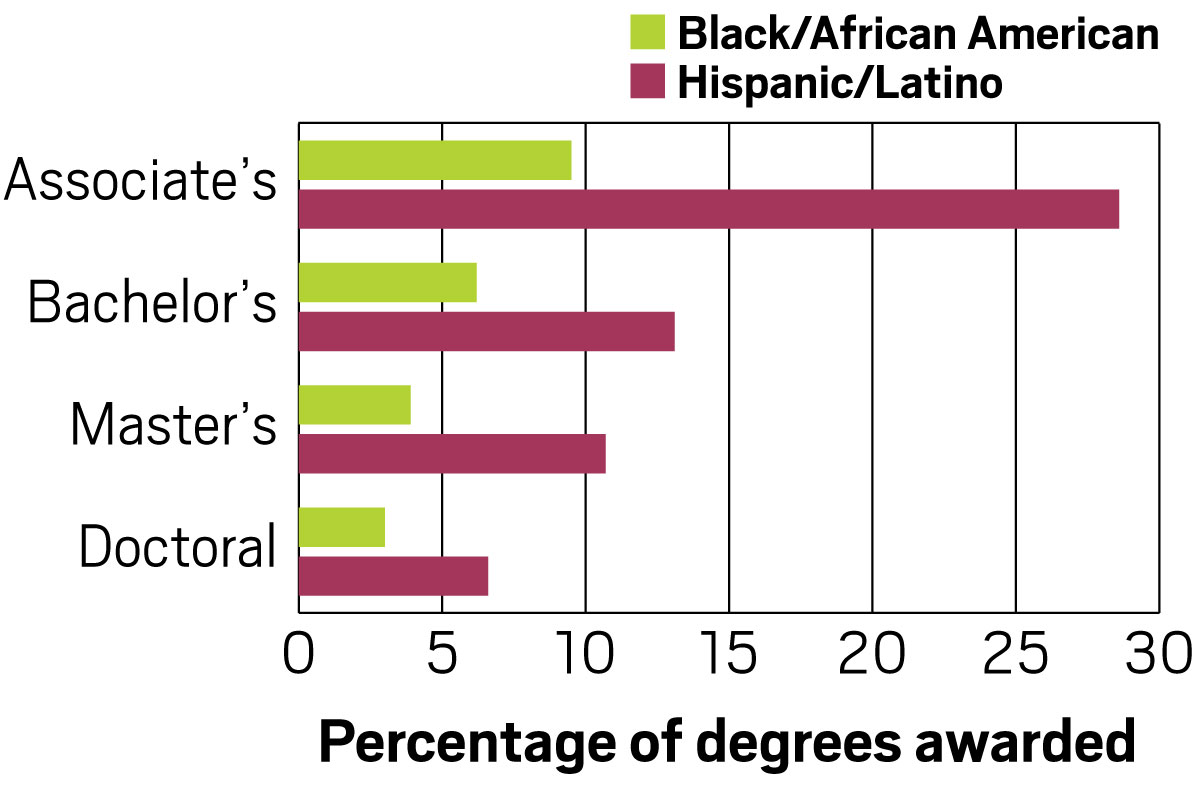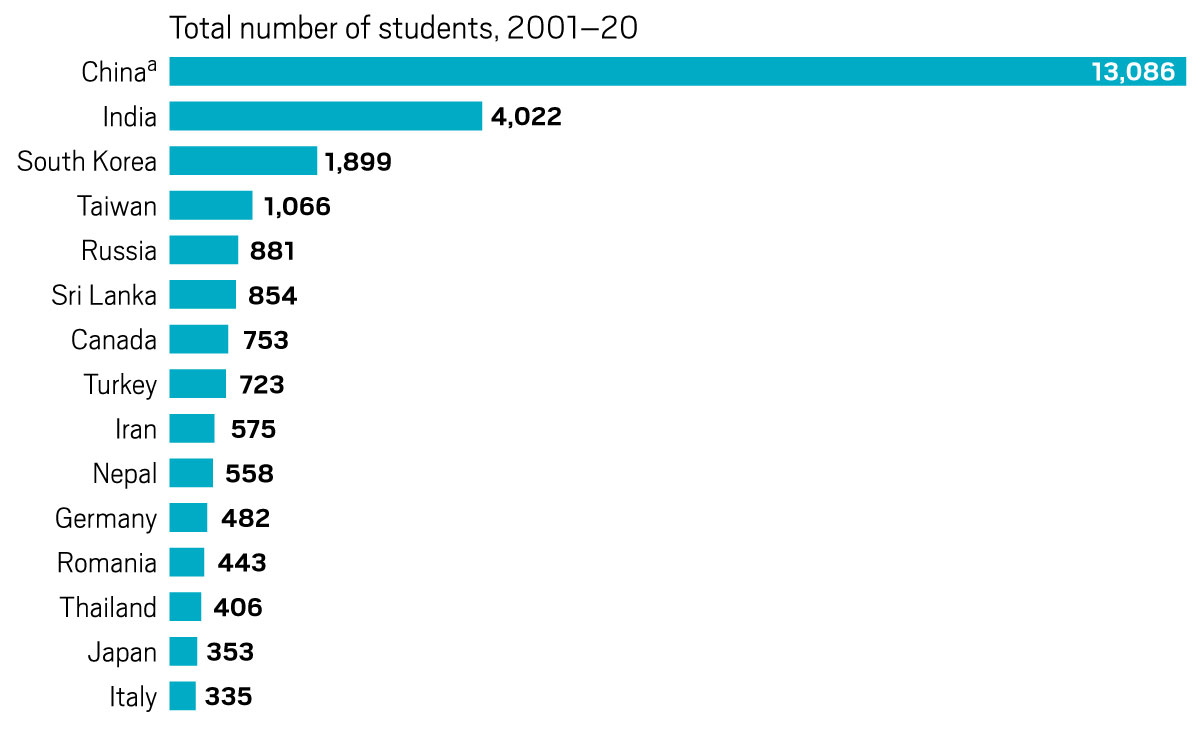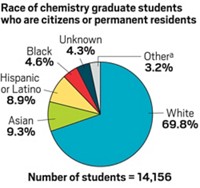Advertisement
Grab your lab coat. Let's get started
Welcome!
Welcome!
Create an account below to get 6 C&EN articles per month, receive newsletters and more - all free.
It seems this is your first time logging in online. Please enter the following information to continue.
As an ACS member you automatically get access to this site. All we need is few more details to create your reading experience.
Not you? Sign in with a different account.
Not you? Sign in with a different account.
ERROR 1
ERROR 1
ERROR 2
ERROR 2
ERROR 2
ERROR 2
ERROR 2
Password and Confirm password must match.
If you have an ACS member number, please enter it here so we can link this account to your membership. (optional)
ERROR 2
ACS values your privacy. By submitting your information, you are gaining access to C&EN and subscribing to our weekly newsletter. We use the information you provide to make your reading experience better, and we will never sell your data to third party members.
Education
US physical science education by the numbers
A new National Science Board report shows how the physical sciences, including chemistry, compare with other fields in US higher education. It also shows the recent impact of COVID-19 on US and international students
by Andrea Widener
February 25, 2022
| A version of this story appeared in
Volume 100, Issue 8
Overall higher education
6,274
Doctoral degrees awarded in physical sciences in 2019, up from 4,023 in 2000
6,899
Master’s degrees awarded in physical sciences in 2019, up from 4,858 in 2000
30,559
Bachelor’s degrees awarded in physical sciences in 2019, up from 18,597 in 2000
7,099
Associate’s degrees awarded in physical sciences in 2019, up from 1,419 in 2000
COVID-19 impacts
6.8%
Drop in high school seniors enrolling in college in all majors in 2020 compared with 2019. Schools identified as high poverty showed the greatest declines.
3.6%
Decline in total undergraduate enrollment in 2020 compared with 2019. The largest decreases occurred at public community colleges.
4.9%
Decrease in undergraduate enrollment in 2021 compared with 2020
>130
Number of doctoral programs that suspended enrollment of new students in 2020. Those programs were primarily in social science and nonscience fields. Overall enrollment in doctoral programs increased 3.6% from 2019.
23%
Decline in international student enrollment in all degree programs in fall 2020 compared with the same time period in 2019. Undergraduate enrollment declined more than graduate enrollment, and enrollment in nonscience and engineering fields declined more than enrollment in science fields.
Demographics
Women earned a decreasing proportion of physical science degrees at higher degree levels in 2019 . . .

. . . as did Black or African American and Hispanic or Latino people

International students
36%
Proportion of people earning master’s degrees in science and engineering in 2019 who have temporary visas, up from 26% in 2011
35%
Proportion of people earning doctoral degrees in science and engineering in 2019 who have temporary visas, about the same as in 2011
Top 15 countries of origin for physical science doctoral degree recipients who were on temporary visas in 2019

a Includes Hong Kong




Join the conversation
Contact the reporter
Submit a Letter to the Editor for publication
Engage with us on Twitter